As we age, our bodies increasingly produce a molecule that suppresses certain functions. As levels of this regulatory molecule rise, key signalling molecules that mediate bone growth decline. Older bodies suppress stem cell production on a molecular level, scientists report.
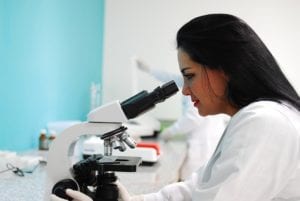
Researchers at the Medical College of Georgia at Augusta University have uncovered exciting evidence of systemic alterations that occur with age. Their work has revealed how bones weaken and deteriorate in the aging body. One molecule in particular - microRNA-141-3P - appears to accumulate in bone tissue over time. Scientists have found that elevated levels of microRNA-141-3P are associated with osteoporosis and assorted bone pathology. The problematic molecule inhibits the absorption of vitamin C by various bone cells. It prevents the skeleton from effectively utilizing vitamin C - slowly starving bones of a much needed nutrient. This systemic shift in nutrition limits the resources available for normal bone growth. Over time, aging bones weaken and osteoporosis can develop. Researchers suspected that suppressing microRNA-141-3P could keep bones processing vitamin C and regenerating themselves for far longer than they would under normal aging conditions. Rodent test subjects were treated with a clinical grade inhibitor of microRNA-141-3P; the result was younger, stronger bones. Scientists theorize that a similar inhibiting medication could be used in human subjects to reverse and prevent bone deterioration. The research is compelling and paints an optimistic picture of beneficial anti-aging therapy. Development and distribution of this drug are likely far in the future. Nevertheless, the research indicates that scientists may be able to keep bones younger, for longer. By regulating a single key component of a complex cellular network, bone aging may be prevented.
- Sudharsan Periyasamy-Thandavan, John Burke, Bharati Mendhe, Galina Kondrikova, Ravindra Kolhe, Monte Hunter, Carlos M Isales, Mark W Hamrick, William D Hill, Sadanand Fulzele. MicroRNA-141-3p negatively modulates SDF-1 expression in age dependent pathophysiology of human and murine bone marrow stromal cells. The Journals of Gerontology: Series A, 2018; DOI: 10.1093/gerona/gly186

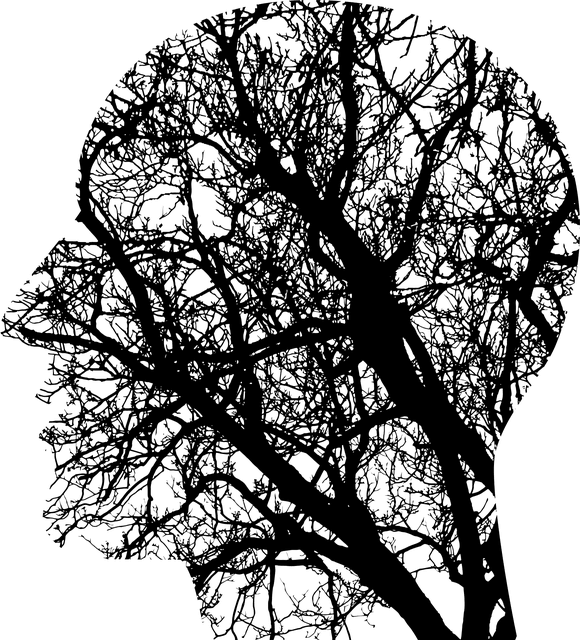



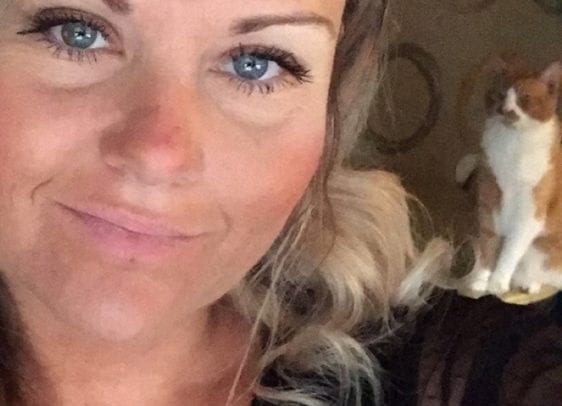

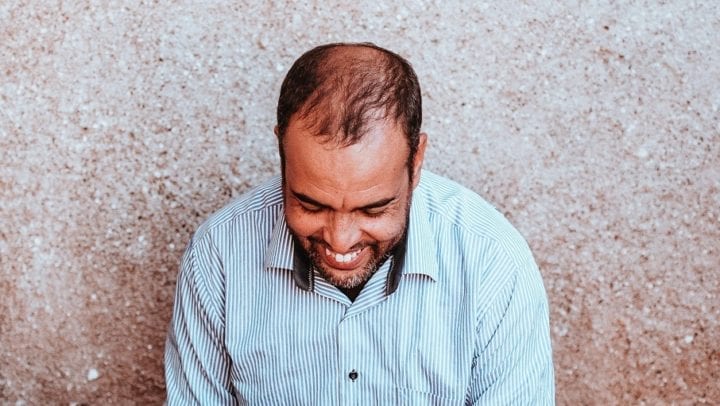
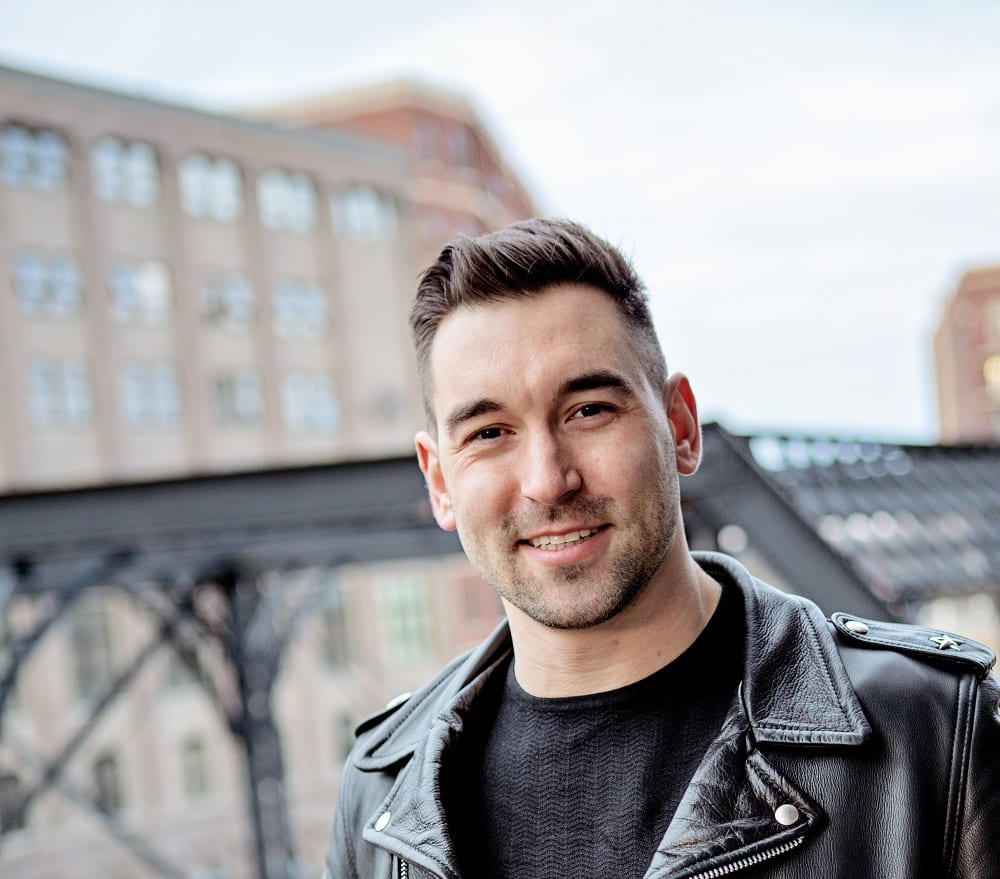



 Researchers at the Medical College of Georgia at Augusta University have uncovered exciting evidence of systemic alterations that occur with age. Their work has revealed how bones weaken and deteriorate in the aging body. One molecule in particular - microRNA-141-3P - appears to accumulate in bone tissue over time. Scientists have found that elevated levels of microRNA-141-3P are associated with osteoporosis and assorted bone pathology. The problematic molecule inhibits the absorption of vitamin C by various bone cells. It prevents the skeleton from effectively utilizing vitamin C - slowly starving bones of a much needed nutrient. This systemic shift in nutrition limits the resources available for normal bone growth. Over time, aging bones weaken and osteoporosis can develop. Researchers suspected that suppressing microRNA-141-3P could keep bones processing vitamin C and regenerating themselves for far longer than they would under normal aging conditions. Rodent test subjects were treated with a clinical grade inhibitor of microRNA-141-3P; the result was younger, stronger bones. Scientists theorize that a similar inhibiting medication could be used in human subjects to reverse and prevent bone deterioration. The research is compelling and paints an optimistic picture of beneficial anti-aging therapy. Development and distribution of this drug are likely far in the future. Nevertheless, the research indicates that scientists may be able to keep bones younger, for longer. By regulating a single key component of a complex cellular network, bone aging may be prevented.
Researchers at the Medical College of Georgia at Augusta University have uncovered exciting evidence of systemic alterations that occur with age. Their work has revealed how bones weaken and deteriorate in the aging body. One molecule in particular - microRNA-141-3P - appears to accumulate in bone tissue over time. Scientists have found that elevated levels of microRNA-141-3P are associated with osteoporosis and assorted bone pathology. The problematic molecule inhibits the absorption of vitamin C by various bone cells. It prevents the skeleton from effectively utilizing vitamin C - slowly starving bones of a much needed nutrient. This systemic shift in nutrition limits the resources available for normal bone growth. Over time, aging bones weaken and osteoporosis can develop. Researchers suspected that suppressing microRNA-141-3P could keep bones processing vitamin C and regenerating themselves for far longer than they would under normal aging conditions. Rodent test subjects were treated with a clinical grade inhibitor of microRNA-141-3P; the result was younger, stronger bones. Scientists theorize that a similar inhibiting medication could be used in human subjects to reverse and prevent bone deterioration. The research is compelling and paints an optimistic picture of beneficial anti-aging therapy. Development and distribution of this drug are likely far in the future. Nevertheless, the research indicates that scientists may be able to keep bones younger, for longer. By regulating a single key component of a complex cellular network, bone aging may be prevented.
